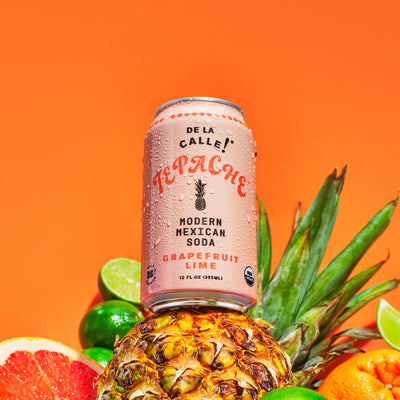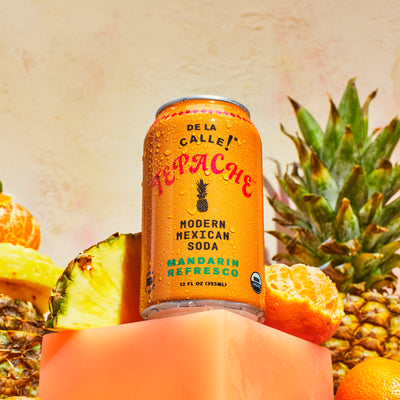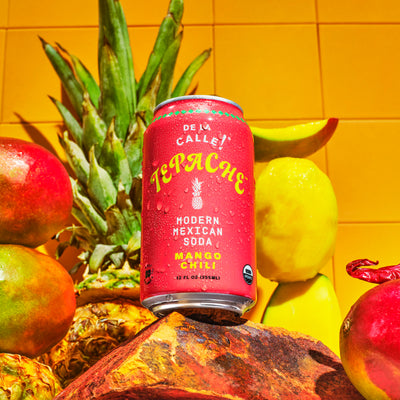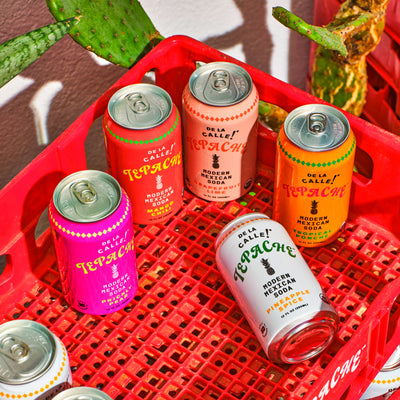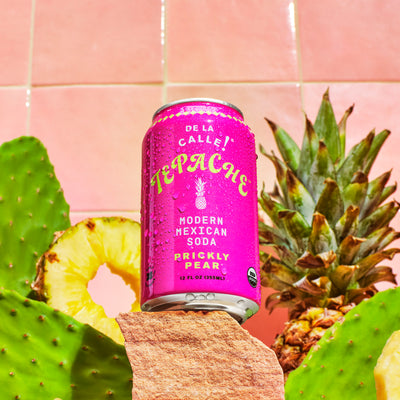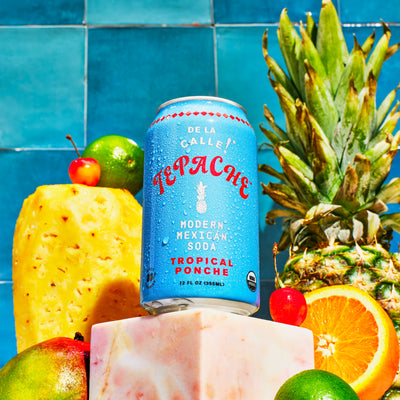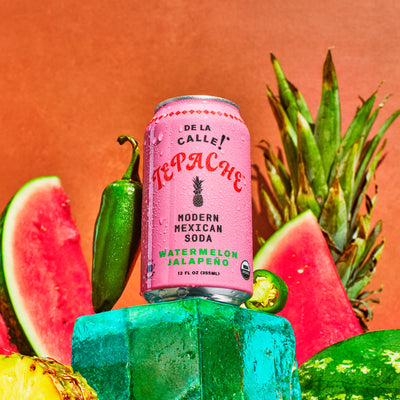Recycling Food: Tasty Ways To Eliminate Waste

If you ever find yourself with extra food scraps after cooking, you don’t need to throw them away immediately. There are several ways to recycle food scraps and eliminate waste. Check out this article for some tips on how to recycle citrus rinds, pineapple cores and rinds, herb stems, stale bread, and more!
Citrus Rinds
When you’re making fresh-squeezed orange juice or a citrus-based pasta dish, you might only need the citrus fruit and juice. However, you shouldn’t immediately throw away the citrus rinds.
There are several ways to recycle the rinds of fruits such as lemon, lime, grapefruit, and oranges.
Freeze for Later
If your recipe only calls for citrus juice, throw the rinds in a freezer-safe container for later. You can keep rinds for up to three months in the freezer. Whenever a recipe calls for citrus zest, pull the rinds out of the freezer and get zesting.
Make Compound Butter
One way to immediately impress guests at a dinner party is to serve them compound butter. Although it might seem fancy, it’s remarkably easy to make.
All you need to do is melt a stick of butter on low heat, add flavor mix-ins, pour the mixture into a covered silicone ice cube tray, and freeze for a few hours. Citrus zest makes an amazing mix-in, along with honey, herbs, salt and pepper, and spices.
Scare Away Pests
Make use of the pest-repelling qualities of citrus. Place small slices of lemon peel anywhere you think pests are entering your home. The scent of citrus deters common pests as well as roaches and fleas.
Stop Brown Sugar From Clumping
Although brown sugar is delicious, it has a nasty habit of clumping together in the box. You can stop this from happening by adding an orange rind to your bag or box of brown sugar. This will help keep the sugar fresh and moist.
Pineapple Rinds
Pineapple rinds have both anti-inflammatory and immune-supporting abilities because they contain bromelain, a digestive enzyme.
That being said, people tend to think the only usable part of the pineapple is the fruit. This section will take you through some of the most innovative ways to recycle pineapple rinds.
Make Tepache
If you’re craving a carbonated, fermented beverage like kombucha that you can make at home, try whipping up a batch of tepache!
To make tepache, all you need is water, pineapple rinds and cores, cinnamon, and sugar. Place all of these ingredients in a large container, making sure to totally submerge the pineapple. Wait for one to three days for fermentation to occur.
You can try your tepache every 12 hours or so to make sure you get the right strength beverage. You can also experiment with different flavors!
Flavor Tea
Make use of the anti-inflammatory powers of the pineapple peel by adding a little bit to your morning tea. This will give your black tea a sweet, tropical twist!
Make a Toner
Bromelain is also thought to help clear acne by removing dead skin cells and improving complexion.
To make use of the bromelain in pineapple rinds, you can make a gentle toner at home. Simply place the pineapple rinds in a pot of water and let them simmer for 25-30 minutes. After taking them off the heat, let them steep for about 30 more minutes before you strain out the peels.
Make a Juice or Cocktail
You can also use the above recipe for toner in any juice or cocktail. After you’ve boiled and steeped the rinds, toss the water through a strainer and then put it in a blender.
From there, add any other juice or cocktail ingredients you want!
Herb Stems
Another commonly thrown away food scrap is herb stems. Although they might look like obvious food waste, herbs stems are actually versatile ingredients that you can recycle in several ways.
Make Infusions
It is remarkably easy to make infused oil and vinegar, and they can take any recipe of yours to the next level. If you want to make an infusion, all you need is a neutral oil or vinegar (one without any added flavors).
From there, place the herb stems in the oil or vinegar and let them steep for up to a day. Hard stems such as rosemary work best. You can use these infusions to drizzle on homemade pizza, dress salad, or on top of your morning toast.
Flavor Stock
Another great way to add flavor with herb stems is to add them to stock. Unlike oil and vinegar infusions, soft herb stems such as cilantro, parsley, and dill work best to flavor stock.
You can tie your herb stems together with kitchen twine and let them simmer in a pot of stock. Make sure to remove them before serving.
Use for Stuffing
Another great way to recycle soft herb stems is to use them for stuffing. Just like you would with slices of citrus or onions, stuff the herb stems under the skin or inside the poultry or fish you are roasting. Remove the stems once your meat is out of the oven, and enjoy the herb-rich flavor!
Stale Bread
Although you can’t use stale bread for your PB&J, you can still make use of it. This section will provide you with a few ways to give stale bread a second life.
Make Breadcrumbs
Toss your stale bread in a blender or food processor to quickly make bread crumbs. If you want them to have even more crunch, throw them in the oven on low heat before putting them in the blender or food processor.
Make Stuffing
Cut your stale bread into cubes, toss them into a pan, add sauteed veggies, seasoning, and broth, and pretty soon, you’ll have delicious stuffing.
After letting the mixture cook for a few minutes, throw everything into a baking dish and bake until golden brown.
Thicken Soup
You can thicken your soup by adding stale bread to the pot. Eventually, it will get mushy and blend into the soup. You can also use this trick to thicken up sauces and stews.
This trick is most famously used in French onion soup. Stale bread is a good choice for this soup because it will take a little longer to get mushy.
Make Bread Pudding
Another great way to recycle stale bread is to make bread pudding. Mix together stale bread cubes, fruit (or pumpkin), almond milk, maple syrup, and spices. Bake everything until it’s golden brown, and enjoy your delicious dessert.
Grill It
If you want a crispy, grilled sandwich, stale bread can make it even crispier. The only thing to keep in mind when grilling your stale bread is to add a layer of butter or mayo to the outside so that it gets golden brown when heated.
Conclusion
Food waste is a major issue globally. One of the best ways to reduce food waste on an individual level is to reuse food scraps. Whether you’re scaring away pests with lemon rinds, making tepache with pineapple rinds, flavoring stock with herb stems, or thickening soup with stale bread, every time you recycle food scraps, you are making a difference.
Sources:
Health Benefits of Citrus Zest | NutritionFacts.org
Properties and Therapeutic Application of Bromelain: A Review | NCBI
Household Food Waste Behavior: Avenues for Future Research | Chicago Journals


